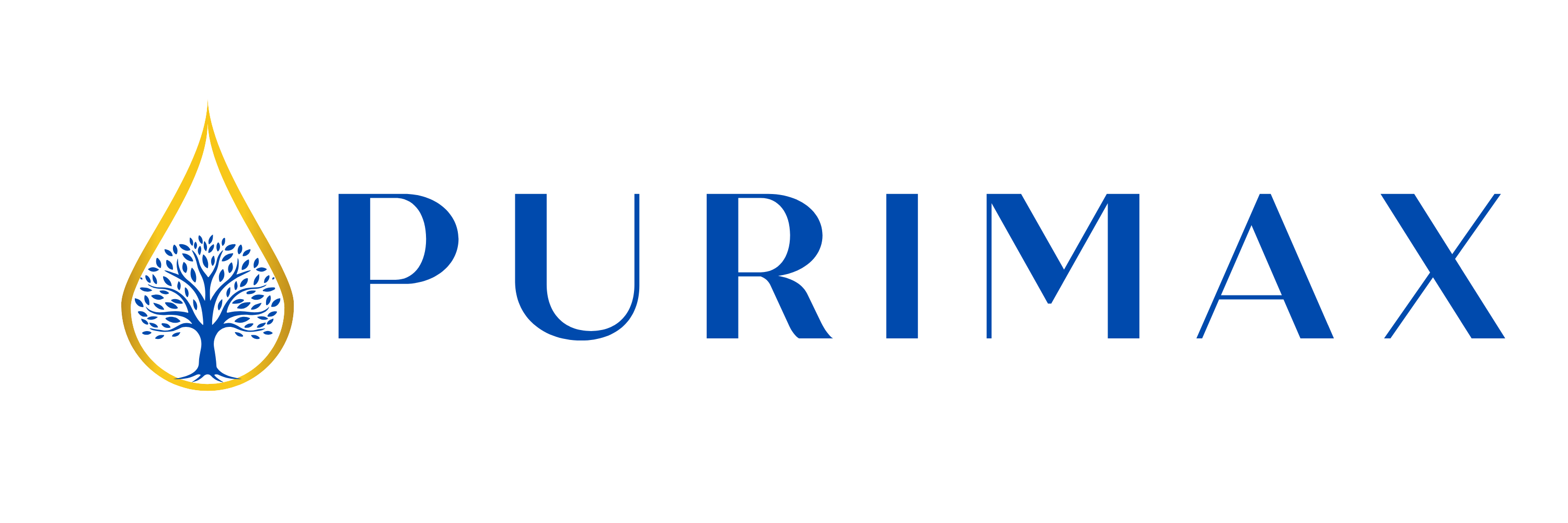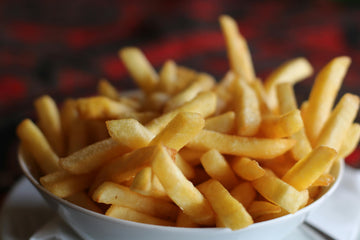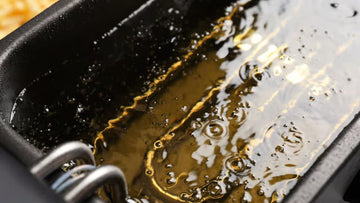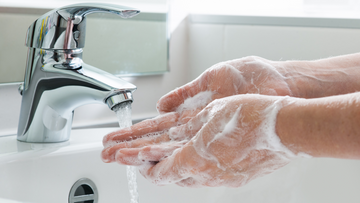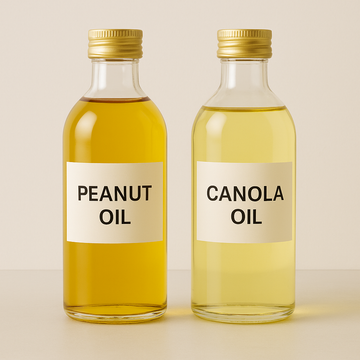In three decades working with kitchens big and small, I’ve seen the same pattern again and again: operators toss oil too early, fearing color or aroma, and bleed profits. But with the right habits, tools, and understanding, fryer oil can last far longer—saving money, preserving food quality, and reducing waste. Below are the key lessons I’ve distilled from decades in the fryer trenches.
Why Fryer Oil “Goes Bad” (And Why Color Isn’t the Whole Story)

From the moment you turn on the fryer, chemistry is working against you. Oil deteriorates via:
-
Oxidation — oxygen attacks fatty acids under heat
-
Hydrolysis — steam and moisture break bonds, releasing free fatty acids
-
Polymerization — breakdown products clump together, forming varnish-like residues
These reactions create polar compounds, off-flavors, and darkening—long before your oil visibly looks bad. Even if your oil is still acceptable by chemistry metrics, color alone may signal premature disposal.
That’s why industry pros use TPM (Total Polar Materials / Total Polar Compounds) as a real gauge. TPM measures the percentage of degraded molecules in the oil. In Europe, many countries regulate discard when TPM hits 24–27%. In the U.S., that same discipline is rarely mandated—so many kitchens rely on color, smell, or routine schedules. (See more on TPM limits in frying legislation.)
In my years working with chefs, I’ve repeatedly been asked to throw out oil that “looks bad,” only to find TPM levels well under danger thresholds. The visible darkening was often just surface cues—not the true limit of the oil’s performance.
Proven Strategies to Extend Fryer Oil Life
Here are the tactics I’ve used and taught in restaurants:
-
Filter frequently and properly
Regular filtering—ideally multiple times per shift—removes solid debris and suspended particles that accelerate breakdown. It’s widely recognized as the most effective routine for extending oil life.
-
Top off with fresh oil
Rather than replacing the entire vat, adding small amounts of fresh oil helps dilute degraded compounds and maintain stable oil quality.
-
Mind fryer temperature and heat cycles
Stay well under smoke points, avoid temperature spikes, and warm up oil gradually. Sudden thermal shocks accelerate degradation.
-
Skim, shake, and remove debris
Floating crumbs, particles, and bits of batter tend to carbonize in oil. Skim them frequently, and shake breaded items to reduce fall-off.
-
Cover vats and limit oxygen exposure
Oxygen is a prime contributor to oxidation. Cover fryers during idle periods, reduce splashing, and keep the environment clean.
-
Use high-performance filtration or absorbent media
Beyond basic filtering, using filter pads, powders, or media that trap dissolved impurities—like color bodies, free fatty acids, or metal ions—makes a big difference. Some advanced powders (like FILSORB) claim to pull out color bodies, FFAs, and more, extending life significantly.
-
Track TPM or equivalent metrics daily
Don’t fly blind. Use TPM meters or test strips to see how close your oil is to safe limits. That gives data—not guesses—for when to discard.
-
Use Purimax Powder Daily To Extend Oil Up To 500% Longer
Using our proven formula you can have the ability to extend the life of your frying oil up to 500%!

Why Our Solution Helps You Maximize Oil Life
After decades serving kitchens and witnessing needless oil waste, we developed a natural proprietary blend to help manage the invisible culprits inside oil. It works by absorbing and trapping degradation compounds before they accumulate to destructive levels. When used alongside diligent filtering, TPM monitoring, and proper fryer practices, our blend helps you stretch oil life by weeks rather than days—without sacrificing food quality or safety.

Your Action Plan (From My 30+ Years in Kitchens)
-
Don’t rely on color alone. Use TPM or test-based oil quality checks.
-
Filter early and often, and upgrade your filtration approach.
-
Apply proper fryer habits (temperature control, skimming, top-offs).
-
Use treatment products (like our blend) to remove hidden impurities.
-
Track and refine your practices continuously.
With vigilance, the right tools, and smart additives, your frying oil doesn’t have to be your biggest cost drain. It can become one of your smartest managed assets.
